Published 13/06/2012
The editor of "Lapham's Quarterly," sat down with Kim Tidwell, Bridgeman's Marketing Manager, to dish on why he loves history, Shakespeare and long-form journalism.
"He who cannot draw on three thousand years is living hand to mouth."
- Johann Wolfgang von Goethe
|
KT: One of the reasons I enjoy working for Bridgeman, is that I can pick any concept out of the air and find a wealth of material in the archive. Art from different eras has the ability to connect us to the universal ties that bind us together. Your magazine takes a concept and features historical writing and imagery alongside contemporary pieces to produce a nuanced discussion. Why is it important to reintroduce older writing that may be unfamiliar to many people today? LL: The stories printed in the old books, like the ones painted on the old walls, are also our own. On the long journey across the frontiers of the millennia mankind salvages from the wreck of time what it has found to be beautiful, useful or true. The historical record is our inheritance, the vast reservoir of human energy and thought that Goethe had in mind when he said that ‘He who cannot draw on 3,000 thousand years is living hand to mouth.” What survives the death of cities and the fall of empires is the force of human imagination and its powers of expression. This is why Shakespeare still draws a crowd in Central Park, why the Bridgeman archive can find a market for the paintings of Botticelli and Vermeer. |
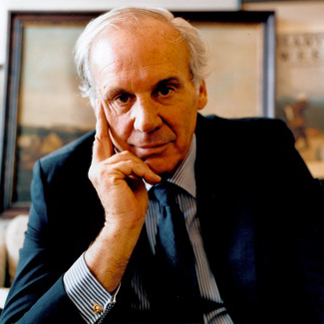
|
|
KT: Your next issue is entitled Magic Shows, on newsstands June 15th. Why magic? Click here to view the Bridgeman images licensed for the "Quarterly's" Magic issue. |
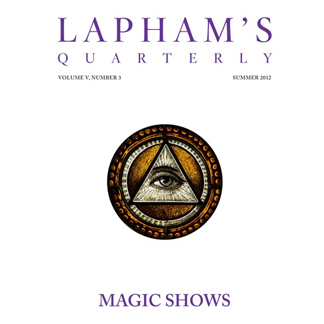
|
KT: Before you started "Lapham’s Quarterly," you were the editor of "Harper’s Magazine." As an editor and a sort of societal philosopher, how does your publication differ from "Harper’s?"
LL: The "Quarterly" is less interested in journalism, more interested in art and literature.
KT: What artist or historical figure would you like to go back in time to interview and what is the one question you’d ask?
LL: I’d ask Herman Melville about his sightings of the white whale.
|
KT: Many of us have a love/hate relationship with the soundbite world of social media and headline news, what are your thoughts on the presence of long-form journalism and does it have a place in this environment? |
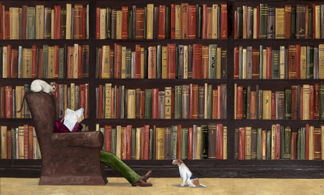
|
|
KT: The "Quarterly" recently held its first Decades Ball benefit here in New York City, which had a 1920’s theme. If you had the choice to go back and live in another decade, which one would it be and why? |
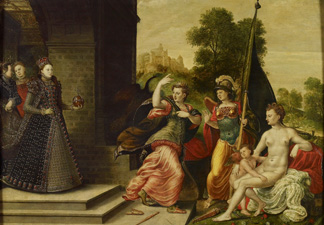
|
|
KT: What is your favorite piece of writing?
Poem: "For the Time Being," by W.H. Auden History: "The Hundred Years," by Phillip Guedalla Biography: "Elizabeth and Essex", by Lytton Strachey Play: "As You Like It," by William Shakespeare |
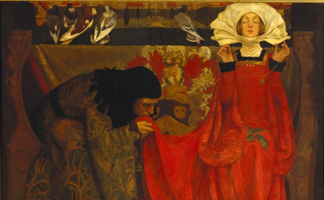
|
KT: Bridgeman is celebrating it’s 40th anniversary in 2012. Though the "Quarterly" has only been around for 4 years, it has established itself as a force to be reckoned with. As you look forward - what are your hopes for the "Quarterly" for its 40th?
LL: That the publication will still be around in 40 years.
To find out more about Lewis Lapham and the "Quarterly," visit www.laphamsquarterly.org


